Category: Evolution
-
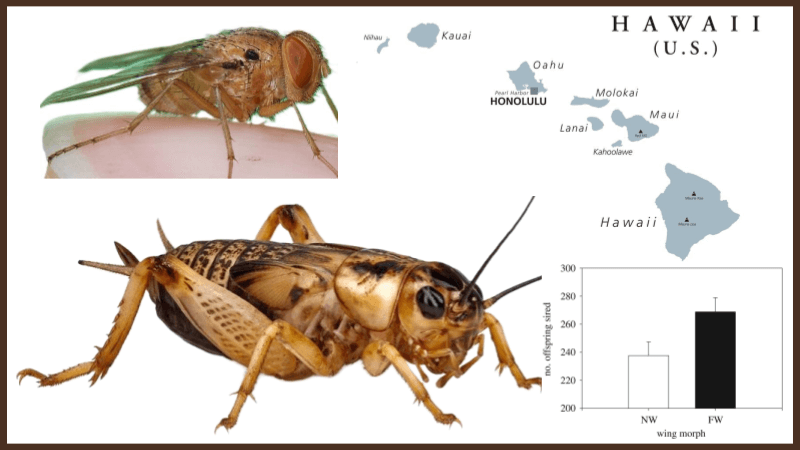
Case Study – The Cricket that Stopped Singing
Imagine this: on a quiet night in Hawaii, the usual symphony of chirping crickets suddenly vanishes. But it’s not just a natural lull — it’s the sound of evolution in action. This real-life phenomenon is the centerpiece of a ready-to-use biology case study perfect for your unit on evolution, natural selection, or animal behavior. It’s…
-
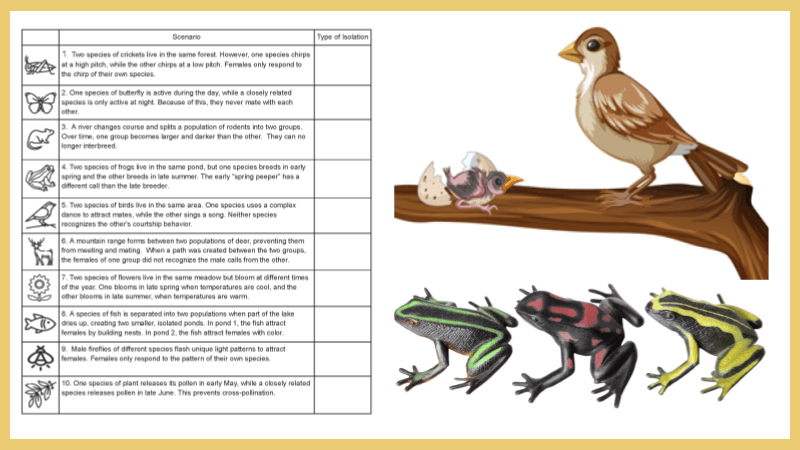
Why Can’t We Be Friends – Isolating Mechanisms
Are you teaching evolution, speciation, or mechanisms of reproductive isolation and need an engaging, ready-to-go resource? I’ve got you covered! Introducing “Why Can’t We Be Friends: Species Isolation Scenarios”, a student-friendly worksheet designed to help your class master the concepts of behavioral, geographic, and temporal isolating mechanisms. 🎯 What Are Isolating Mechanisms? In simple terms,…
-
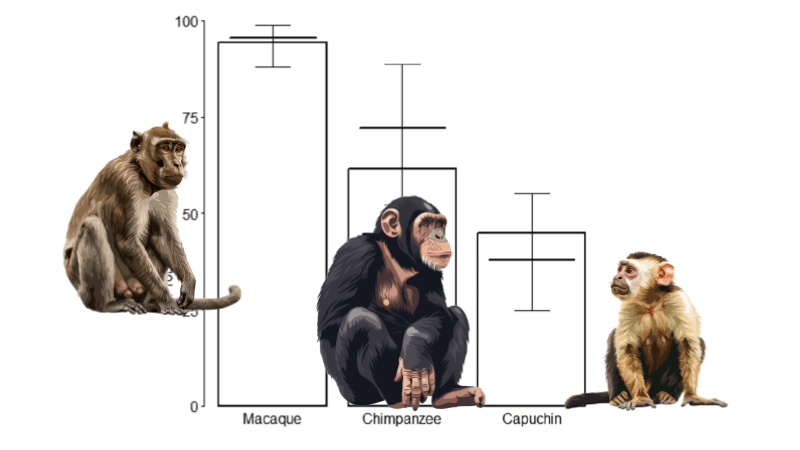
Data Analysis – Tool Use in Primates (CER)
Chimpanzees, capuchins, and long-tailed macaques use tools to crack the shells of nuts. They place the nut on a hard surface, like a flat rock, and strike it with a stone to crack the shell. These three primate species use different techniques. Chimpanzees and macaques crack the nuts while sitting, but the capuchin stands on…
-
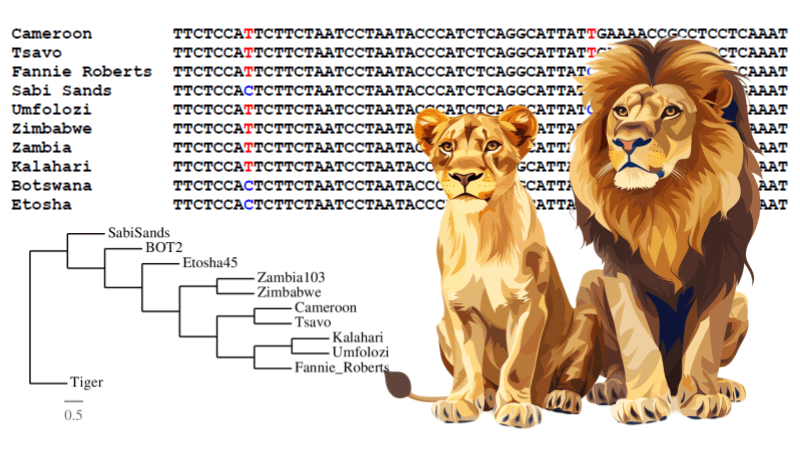
Create a Lion Phylogenetic Tree with Gene Sequences
Explore phylogenetic trees by examining DNA from different prides of lions in Africa.
-
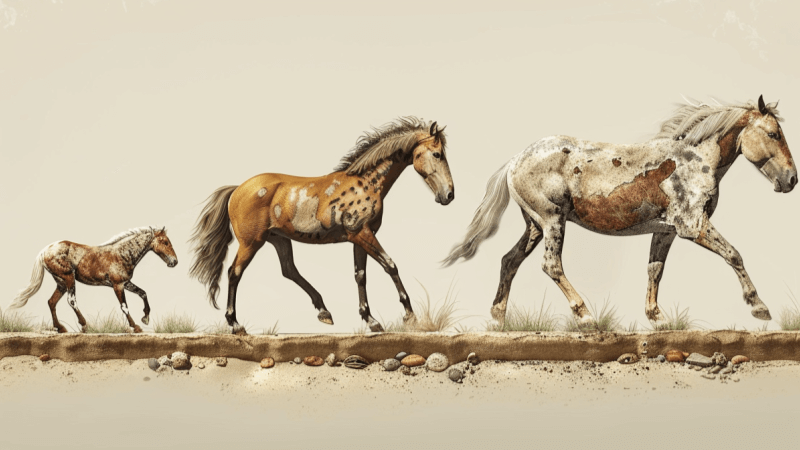
Explore the Evidence for Evolution
Discover the evidence of evolution with this worksheet. Explore fossil records, comparative anatomy, genetics to understand how species have evolved over time.
-
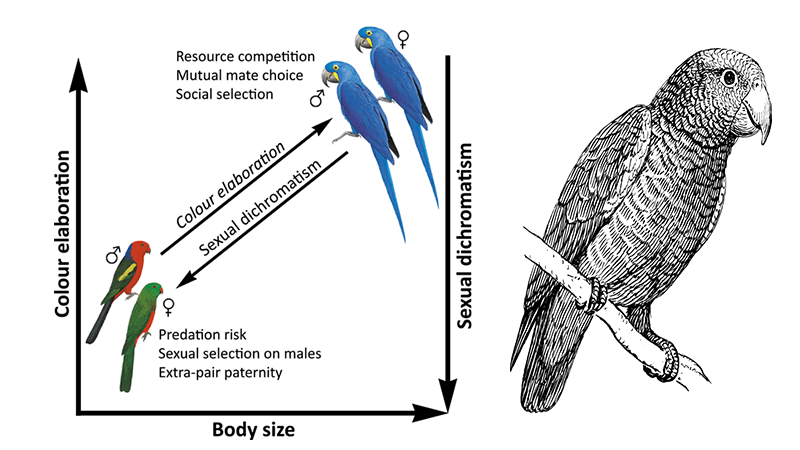
Variation and Sexual Dichromatism in Parrots
Explore sexual dimorphism be examining data on parrot coloration and environment details, like predators, competition, and mate choice.
-
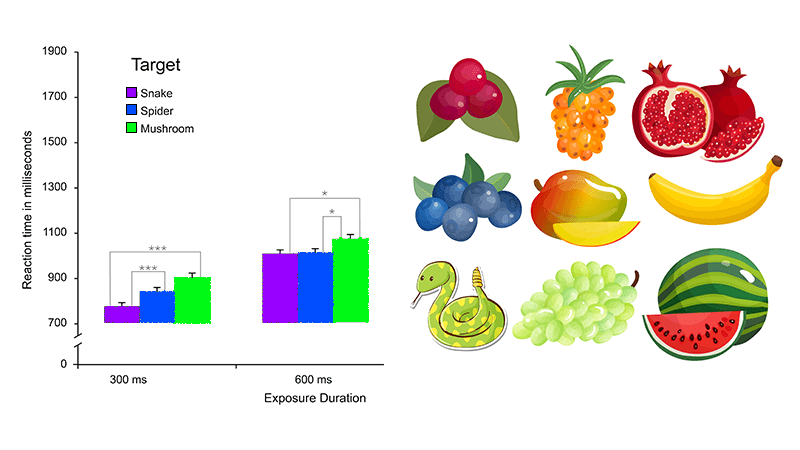
Analyzing Data – Snake Detection Hypothesis (CER)
Explore the snake detection hypothesis by reading about a study and identify claim and evidence.
-
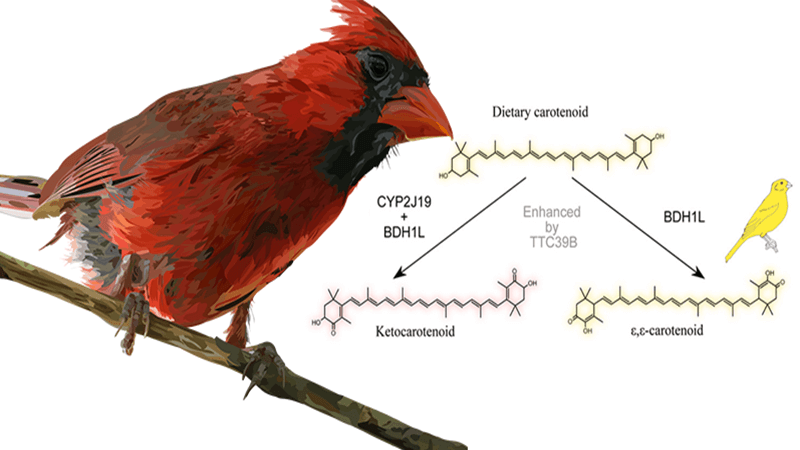
How Did the Cardinal Get His Red Feathers (CER)
Based on a study from Nature that examines the role of enzymes in red coloration. Enzyme pathway converts yellow carotenoids into red ketocarotenoids.
-
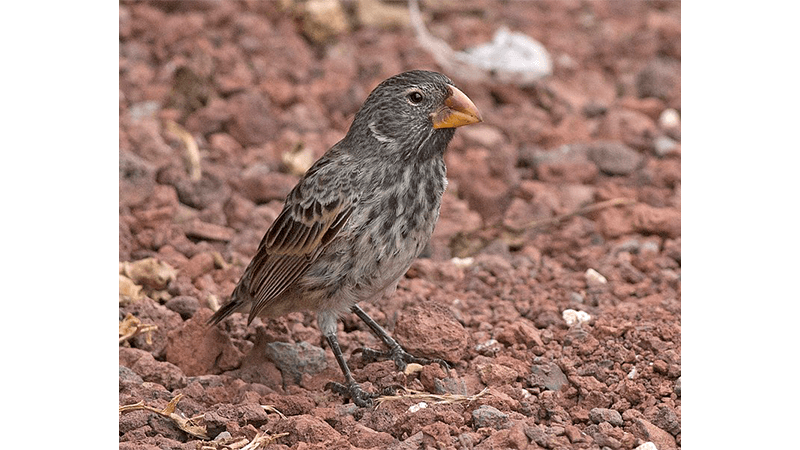
The Beak of the Finch (HHMI) Video Worksheet
Video worksheet for “The Beak of the Finch” at HHMI Biointeractive. Includes questions that follow video and a graph to analyze.
-
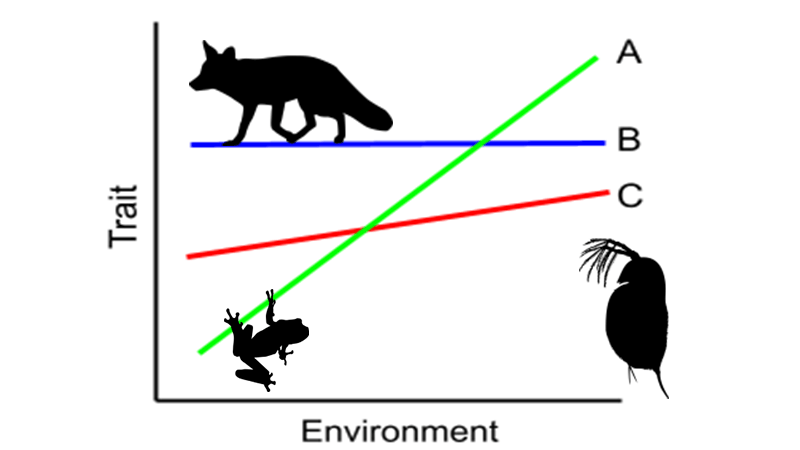
Exploring Phenotypic Plasticity in Arctic Foxes
Learn about arctic foxes and how they change color in the summer, a phenomenon called phenotypic plasticity.
-
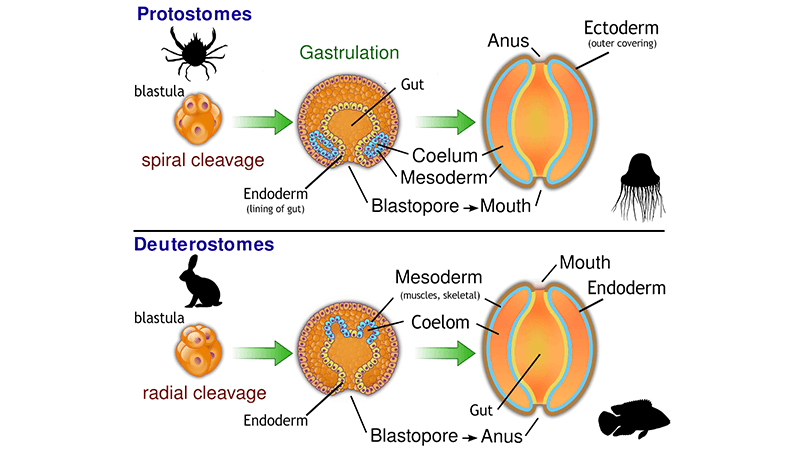
Compare Body Plans of Protostomes to Deuterostomes
Compare protostomes to deuterostomes, including details on the development of the blastula. Questions rely on students carefully examining the graphic.
-

Explore Bunny Selection and Mutations with PHET
Students explore bunny selection with this PHET interactive activity. Observe bunny populations change in response to environmental conditions and predators.
-
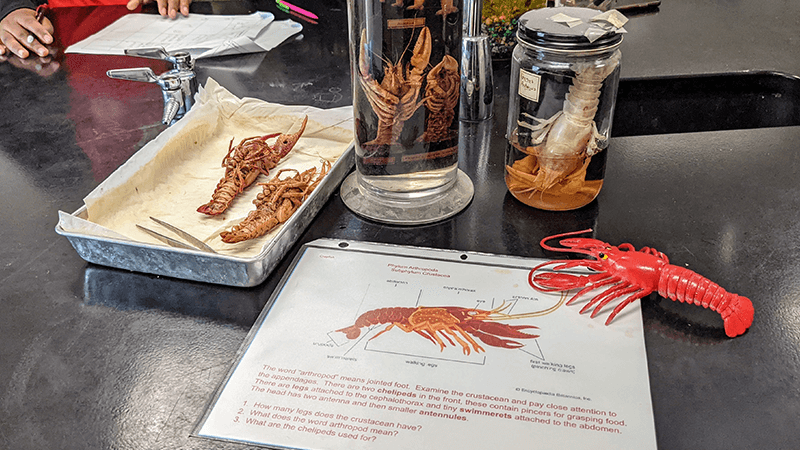
Invertebrate Diversity Lab Station Activity
Learn invertebrate diversity by setting up activity stations showcasing different phyla: Platyhelminthes, Nematoda, Porifera, Arthropoda, and Annelida.
-
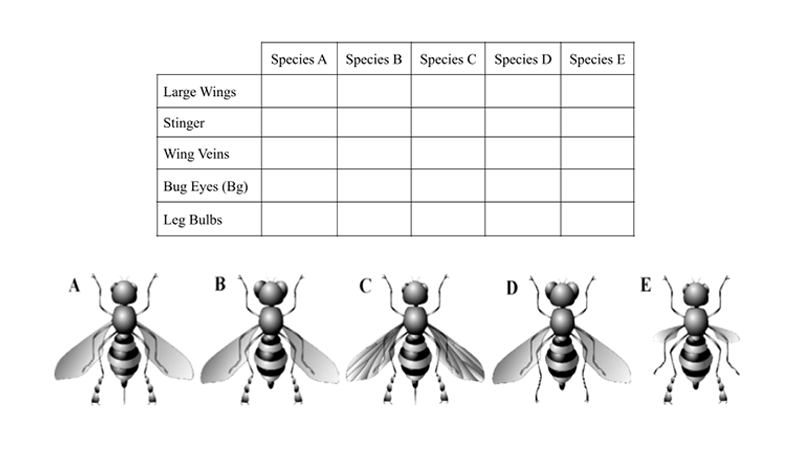
Constructing Cladograms: Fly and Heloderma
Use Google slides to construct a cladogram of flies lizards in the genus Heloderma.
-
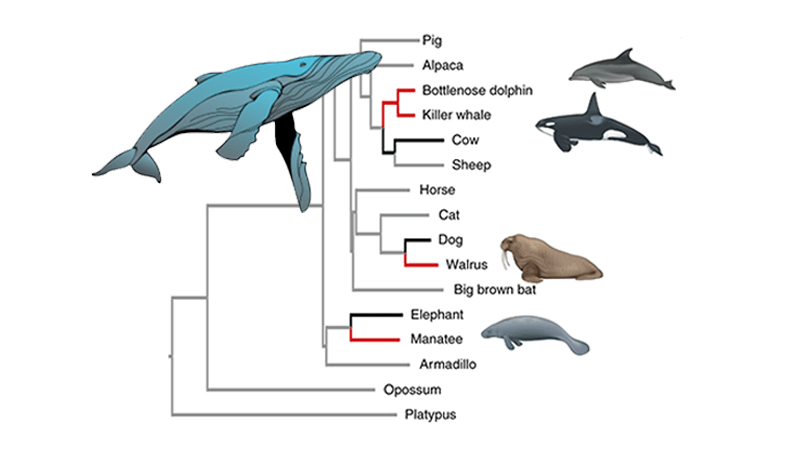
Mutations and Evolution in Aquatic Mammals
Students examine a phylogenetic tree that reveals mutations found in aquatic mammals as evidence of convergent evolution.

